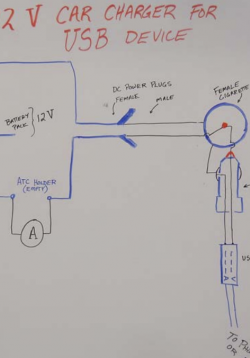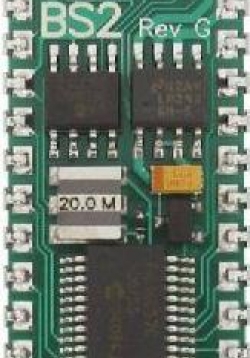Designing a Solar Phone Charger
This is the culminating activity for the unit “Off the Grid.” Students will be given some restricted parameters around which to design a solar powered battery operated phone (or other USB device) charger . They will charge the AA battery packs that have...
Our Place in Space: Cosmic Rays
NOTE: SUN PHOTOMETER SUMULATOR AT CAS.HAMPTONU.EDU SEEMS TO BE NO LONGER AVAILABLE.
Using a map of school buildings, students will pick four areas to monitor over the year using wireless weather stations and the Solar Power Meter. In a following...
Our Place in Space: Cosmic Ray Detector
The students will be introduced to solar radiation with an activity centered on using a cloud chamber to visualize cosmic rays.
Our Place in Space: Tracking the Earth's Path Around the Sun
During sessions in October, January, and April we will discuss observations about the weather during that season (temperature, length of day, precipitation) and explore how this relates to the Earth’s movement around the Sun. The lesson series will start...
How the Amount of Light Affects a Solar Cell
Students will cover portions of a solar cell and measure the output with a multimeter. They will compare and contrast the outputs of different percentages shaded and different configurations using the same percentage shaded.
How Light Intensity Affects Solar Cell Output
Students will expose solar cells to a light source from different distances and measure the output with a multimeter. They will compare and contrast the outputs that the different distances produce.
How Tilt Angle Affects Solar Cell Output
Students will expose solar cells to a light source from a set distance and measure the output with a multimeter. Students will change the angle that the light source strikes the solar panel and measure the resultant output. They will compare and contrast...
Measuring Voltage Using a Microcontroller
In this lesson students will be introduced to series circuits, resistors, a photoresistor and a microcontroller. There’s a lot here, but it boils down to making a voltage divider circuit and measuring the voltage at different points. A second circuit...
Controlling a Servo
In this lesson students will learn how to control a servo using the Basic Stamp. Then students will combine the photoresistor from the previous lesson with the servo to create a light controlled servo.
Creating a Light-Tracking Servo
Students will learn how to program the Basic Stamp to use information from two photoresistors to point a servo at a light source. This will be the first degree of freedom for the flower head.



